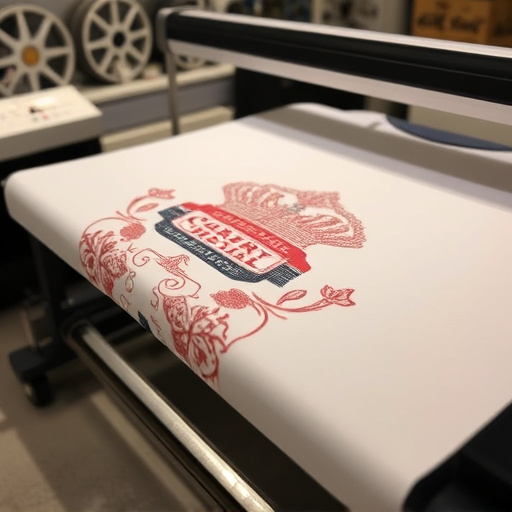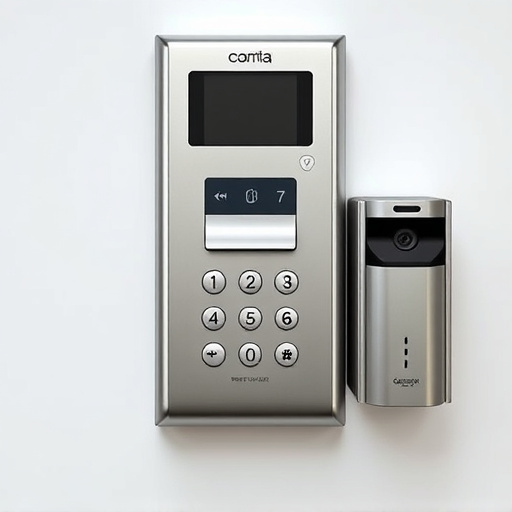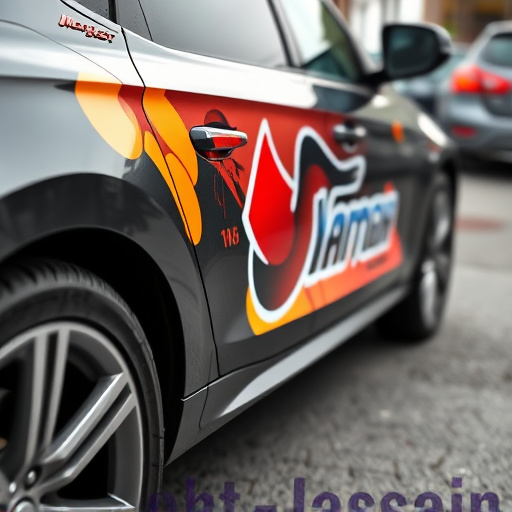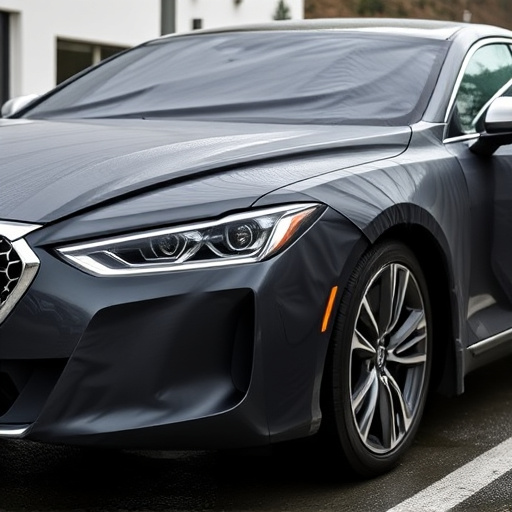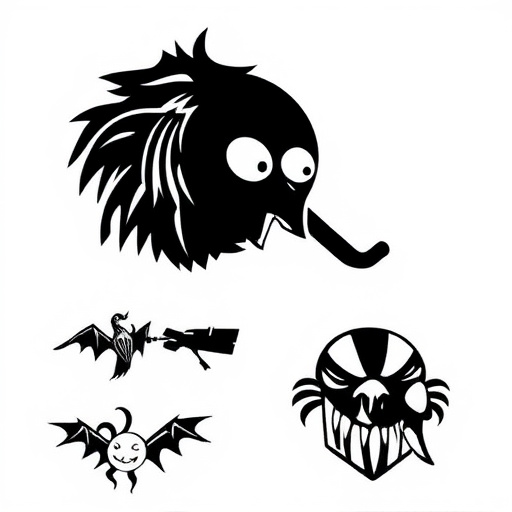Icons and symbols in corporate graphics design enhance brand identity, communicate complex ideas simply, and differentiate companies visually. Strategically incorporate these elements with consistent style guides for clean aesthetics. Unified styles, recognizable shapes, and accessibility ensure brand recognition across diverse audiences, as seen in auto-related icons conveying safety, improvement, and personalization.
In the realm of corporate graphics design, icons and symbols serve as potent visual tools that transcend words. This article guides you through harnessing their power effectively. We explore the significance of these elements in shaping corporate branding, with strategies for optimal placement and styling to create impactful visuals. Additionally, discover best practices for maintaining consistency and ensuring accessibility, elevating your corporate graphics to new heights.
- Understanding Icon and Symbol Significance in Corporate Branding
- Effective Placement and Styling for Visual Impact
- Best Practices for Consistency and Accessibility in Design
Understanding Icon and Symbol Significance in Corporate Branding

In corporate graphics design, icons and symbols are not mere decorative elements; they carry profound significance in building and reinforcing brand identity. These visual cues act as shorthand communication tools, instantly conveying complex ideas or services with minimal effort. For instance, a simple icon of a leaf might symbolize environmental consciousness, while a gear could represent precision engineering. In the context of corporate branding, these symbols become integral parts of the company’s narrative, helping to differentiate it from competitors and fostering instant recognition.
In the realm of corporate graphics, understanding this symbolic language is crucial for designers crafting materials such as logos, website interfaces, or marketing collateral. When incorporated into designs for custom vehicle wraps, for example, icons can transform ordinary cars into mobile advertisements that echo the brand’s essence. Similarly, in premium automotive services, symbols can enhance the customer experience by subtly communicating the quality and expertise offered, creating a visual language that resonates beyond words.
Effective Placement and Styling for Visual Impact
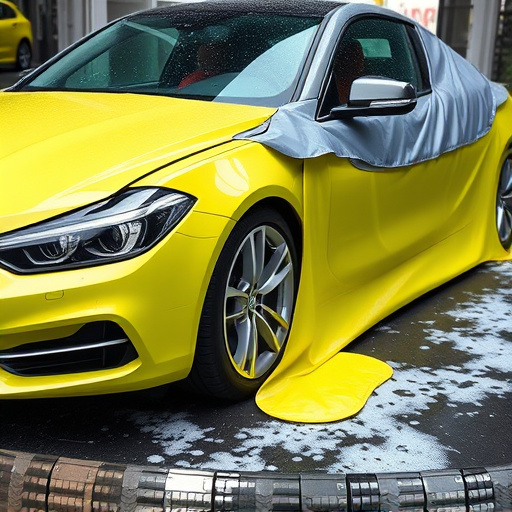
In corporate graphics design, effective placement and styling of icons and symbols are key to creating visually appealing content that communicates your brand’s message clearly. When integrating these elements into your designs, consider their context and hierarchy within the layout. Place them strategically to draw attention to crucial information or calls-to-action without overwhelming the viewer. For instance, using custom graphics on a vehicle wrap can make a powerful statement about your company’s identity when placed prominently on the side of a car.
Similarly, styling should be consistent with your corporate branding and target audience. Choose colors, sizes, and fonts that align with your brand guidelines while ensuring readability and visual harmony. For example, combining ceramic window tinting services with elegant, minimalist icons can convey professionalism and precision in a subtle yet impactful manner. Avoid excessive decoration and maintain a clean, modern aesthetic to enhance the overall impact of your corporate graphics.
Best Practices for Consistency and Accessibility in Design

Incorporate icons and symbols into corporate graphics with a strategic eye for consistency and accessibility. Maintain visual harmony by adhering to a unified style guide that dictates colors, sizes, and formats across all design elements, ensuring a polished and professional look for your corporate identity. Consistency fortifies brand recognition, making your graphics more memorable and impactful.
When considering accessibility, remember that icons and symbols should serve as universal communicators, transcending language barriers. Opt for simple, recognizable shapes and abstract representations to convey ideas and concepts effectively, especially when designing for diverse audiences. For instance, in the realm of vehicle protection, enhancement, or customization—popular themes in corporate graphics—icons like a shield, magnifying glass, or gear can respectively communicate safety, improvement, and personalization without relying on text alone.
Incorporating icons and symbols into corporate graphics design is a powerful way to enhance brand recognition, improve visual communication, and ensure accessibility. By understanding the significance of these elements, strategically placing them, and maintaining consistency, designers can create compelling visuals that resonate with audiences. Best practices for icon and symbol use in corporate branding empower businesses to elevate their visual identity and effectively communicate their message within the digital landscape of corporate graphics design.
